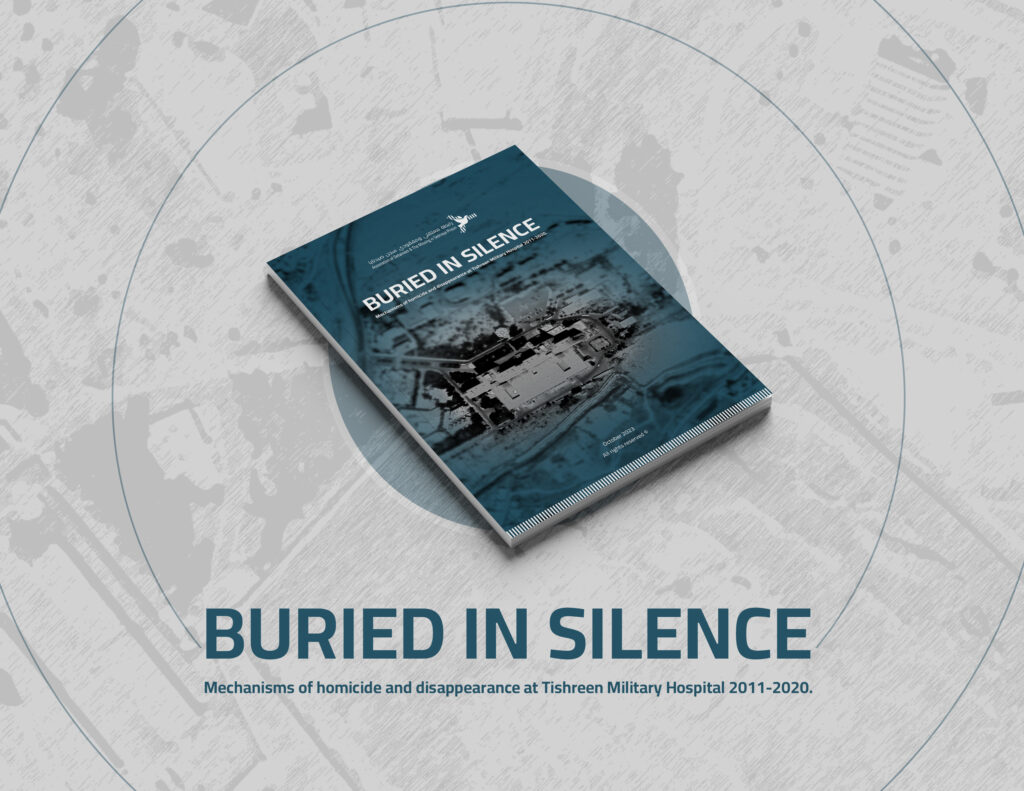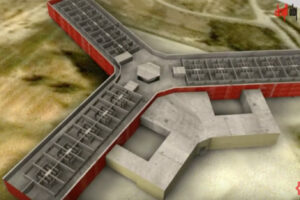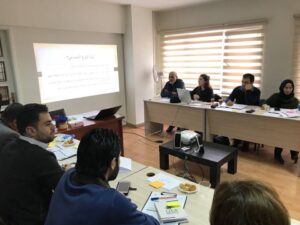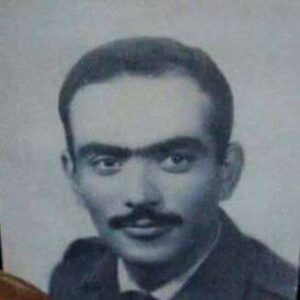A new report by the Association of Detainees and Missing Persons of Sednaya Prison reveals the roles played by the intelligence apparatus, military police, medical teams, and administrative staff at Tishreen Military Hospital in the processes of executions and forced disappearance of detainees within the Syrian detention system. For the first time, the report provides details on the paths taken by the bodies of detainees who perished under torture, revealing those responsible for documenting, compiling, preserving, and ultimately ordering their transfer and burial in mass graves.
The report pinpointed a location within Tishreen Hospital known as “Jail,” which is run by the military police under the supervision of Branch 227 of the Military Intelligence apparatus. This is the first placement where ailing detainees and the bodies of the deceased, whether patients or those who lost their lives in detention centers are received. The process of transferring from detention centers to the hospital often involves brutal aggression that, in many cases, results in demise. Sick detainees are sometimes forced to transport and gather the bodies who have died at the outer door of “Jail,” later placing them in the vehicles.
Diab Serriah, CEO of the Association of Detainees and The Missing in Sednaya Prison “ADMSP”, said: “The report provides accurate information about the horrific torture crimes that took place at Tishreen Military Hospital. It also accurately identifies the burial places of the deceased detainees and the entities that hold copies of their files. The Syrian regime cannot deny or claim ignorance of the identity of the victims. Nothing prevents it from revealing the names and numbers of the deceased detainees except political will. We call on the international community and countries that normalized with the Syrian regime to take the information contained in the report seriously and demand that the regime hand over the name lists of the deceased detainees in the military judiciary and the military police as a small first step on the way to resolving the enforced disappearance caused. The existence of such files and documentation provides a great opportunity for the United Nations newly established “Independent Institution for Missing Persons in Syria and their whereabouts to determine an initial point for revealing the fate of the victims.”
The report is based on 154 interviews with 32 people, including former detainees who were transferred to the hospital, doctors and nurses who worked there, and others who worked in the Military Intelligence Service, the Military Police, the Political Security, and the Military Judiciary. It provides information about the departments and branches responsible for dealing with sick detainees and explains their roles. It also talks about the alternative emergency department, which is heavily guarded and was established at the beginning of the Syrian Revolution with the aim of isolating sick detainees from the rest of the hospital’s patients while restricting the entry of doctors to those loyal to the regime, whose entry is accompanied by abuse or torture against sick detainees.
The report also exposed the role of the Forensic Medicine Division at Tishreen Military Hospital in falsifying the true causes of detainee deaths and facilitating the work of the security detachment in receiving and abusing the bodies before transferring them to mass graves in cooperation with the military police, which is responsible for documenting the bodies, photographing them, and preparing the necessary files for presentation to the military judiciary at a later stage, in addition to its responsibility for bodies loading functions and protecting the vehicles prepared for that purpose.
Shadi Haroun, legal documentation and evidence collection program manager at the ADMSP, states: “The processes of extermination and enforced disappearances are part of the systematic-intricate chain bureaucratic of death for which the regime employs many complicit security apparatuses, officials and judicial bodies to distort the truth, conceal the traces of the perpetrators, hindering investigations into the victims’ claims, and disclosing the whereabouts of individuals who have been forcibly disappeared.”
The report carefully clarifies the process of preparing the death certificate for detainees. It presents the roles and responsibilities shared by “regime institutions” in preparing the necessary files and papers for the detainee’s death and informing the Civil Registry and the General Staff of the death incident. In its final paragraph, the report presents the difference in the treatment that Tishreen Hospital provides to those close to the authorities and their families, making it a place of care and treatment and, simultaneously, a place for the extermination and disappearance of opposition detainees.
More Information [email protected]

